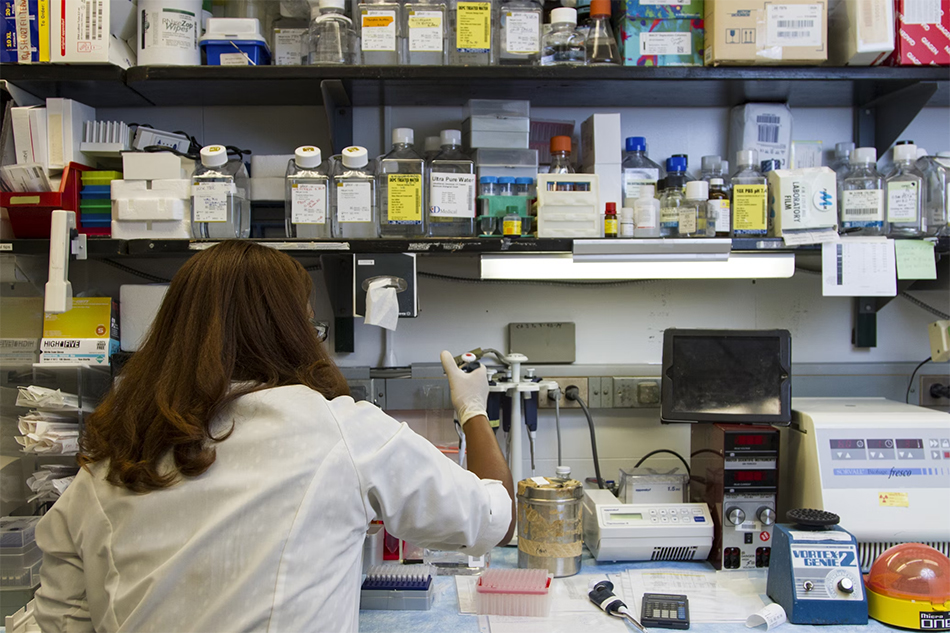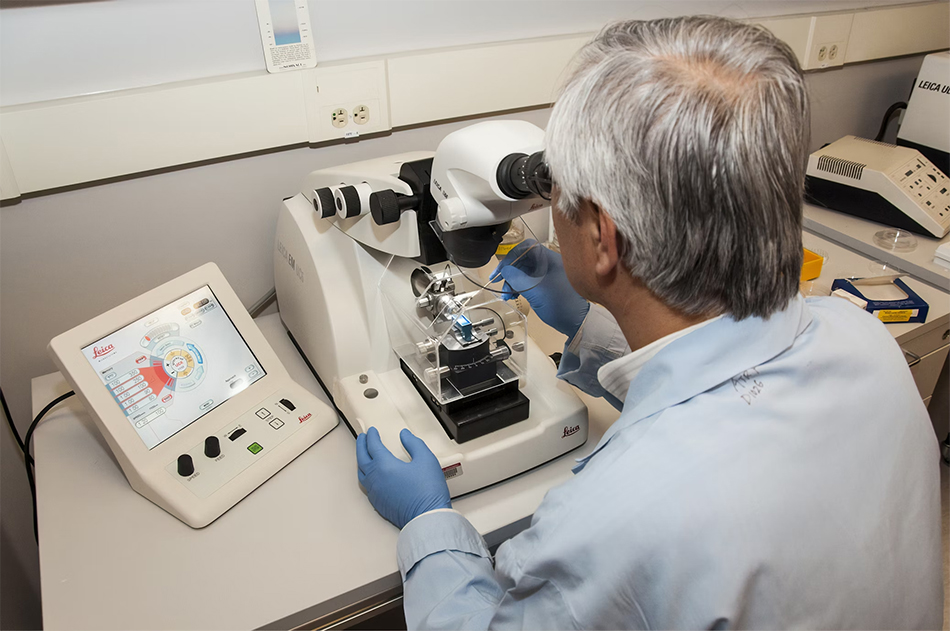AI and Quantum Mechanics Team Up to Accelerate Drug Discovery
Drug discovery is a known to be a difficult and protracted activity. Using artificial intelligence, quantum physics, and Computer Assisted Drug Design (CADD), researchers at Southern Methodist University (SMU) have developed SmartCADD, a unique open-source solution addressing these issues. Faster screening of chemical compounds made possible by SmartCADD’s architecture helps to shorten the time required to find novel medications for a range of conditions, including HIV. This discovery emphasizes the need of multidisciplinary cooperation and the possibility of technology developments to change drug development.
The Importance of Speed in Drug Discovery

Finding and developing chemical compounds that can efficiently interact with human body proteins to generate medicinal results is the essence of drug discovery. Often compared to solving a puzzle, this work requires each component to fit exactly to get the intended outcome. This method historically takes a lot of time and calls for careful study to guarantee that compounds are both safe and efficient. By leveraging AI and quantum mechanics to examine large databases of possible chemicals, systems like SmartCADD rapidly expedite this process and drastically reduces the timetable for finding workable medication candidates.
How SmartCADD Works
Deep learning models, advanced filtering methods, and explainable artificial intelligence all work together to drive SmartCADD. While the Filter Interface hones the search, choosing compounds showing the most potential, the Pipeline Interface of the instrument accumulates and analyzes data. For example, in a recent study SmartCADD searched an 800 million chemical compound library for 10 million possible HIV treatment options. Thanks to SmartCADD’s innovative features, this often years-long process was completed in a fraction of the time.
Applications Beyond HIV Treatment

Although the most current research concentrated on HIV medication prospects, SmartCADD’s adaptability goes much beyond this purpose. The instrument is relevant for the creation of medicines for other disorders including cancer, bacterial infections, and viral diseases since it is made to be flexible enough for several drug discovery pipelines. Future medical discoveries depend on its capacity to examine and compare chemical structures in both two and three dimensions, therefore providing researchers with a whole picture of how a medicine might function in the human body.
The Power of Collaboration
The SmartCADD project’s one main asset is the multidisciplinary cooperation between computer science and chemistry departments of SMU. The development of a tool that tackles the complexity of drug discovery from several viewpoints depends on the combination of knowledge from several domains. As the scientists stress, much progress in scientific research depends on this cooperative approach. Combining several points of view allowed the SMU team to improve SmartCADD, therefore strengthening the reliable and user-friendly platform for drug development. Offering a quicker and more effective means to find possible remedies for a variety of ailments, SmartCADD marks a significant advancement in the field of drug discovery. Using artificial intelligence, quantum mechanics, and computer-assisted design, this open-source technology is poised to transform the pharmaceutical sector. Moreover, the success of SmartCADD emphasizes the need of multidisciplinary cooperation in scientific research since it shows that breakthroughs usually happen at the junction of several sectors. SmartCADD offers the ability to rapidly bring life-saving medications to market with ongoing development, therefore benefiting patients all around.
